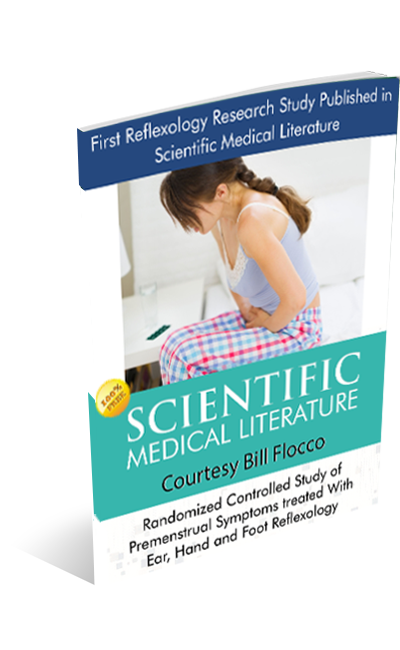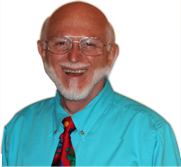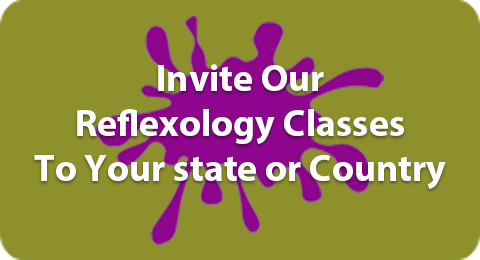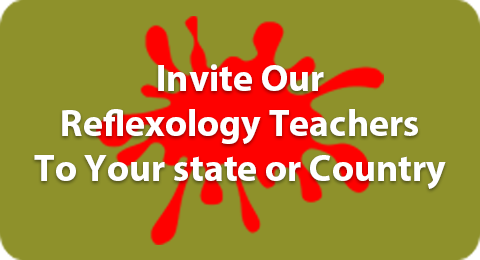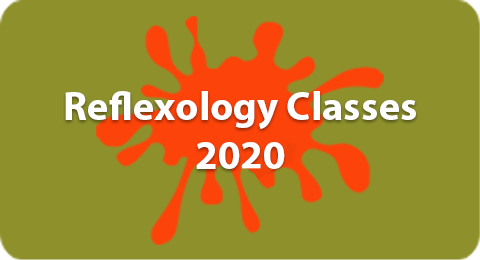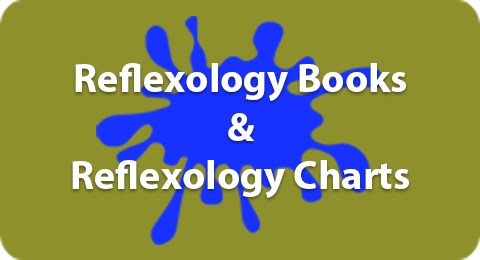Science, as yet, has not been able to tell us all the ways that Reflexology works. There are approximately 20 theories about how Reflexology works. Some of the theories are:
- Anthropologic: Nature provided a way for us to balance ourselves through the reflex maps
- Biomechanics Of The Feet: Bones and muscles out of alignment can keep the reflexes from completely balancing
- Caring Touch: The healing ability of love is well known
- Closed Bio-electric Circuitry: Discovered by Bijorn Nordenstrom, this theory suggests Energy flows along blood vessels & through fluid between the cells
- Laying On Of Hands: Energy flows from hands of giver into body of the receiver
- Meridian Theory: Meridians — thin energy lines that have pressure points
- Neurological Theory *: Congestion between nerve endings
- Outer Energy Balance: Balance the energy field around the body
- Robert Becker: Energy is attracted to the area where it is needed by differences in electric impulses
- Pieso Electric System: This theory suggests an electrical system that travels through the fascia (shiny connective tissue) of the body.
- Placebo: Some people get better just because they think or believe they will get better.
- Rest: Gives the body’s coping mechanism a rest so that self-mending can happen.
- Zone Theory: Wide strips that run the length of the body, also from front to back
- Until science can tell us for sure how reflexology works, it is reasonable to suspect that it works for more than one reason, possibly for many reasons. However, the most widely accepted theory is that Reflexology works through the nervous system
- Neurological Theory The Nerve Theory is the universally held as the main theory of the connection between the reflexology body maps on the feet, hands, and ears, to the rest of the body.
Substance “P”One school of thought within the Nerve Theory suggests that when imbalance (tension, stress, discomfort, illness, pain, etc.) occurs in the body, a chemical made by the body, scientifically known as “Substance P”, accumulates around nerve endings found in the reflex areas of the feet, hands, and ears that correspond to the stressed part of the body. For example, when there is neck tension, blockage (Substance P) accumulates in the neck reflex area of the feet, hands and ears. By the way, the ‘P’ in Substance P stands for Pain.
By using touch techniques specific to the study and application of Reflexology, nurturing pressure is applied in ways to break down and dissipate the Substance P. With the Substance P and other chemicals having been broken down and dissipated from the reflex area, people report feeling better.

